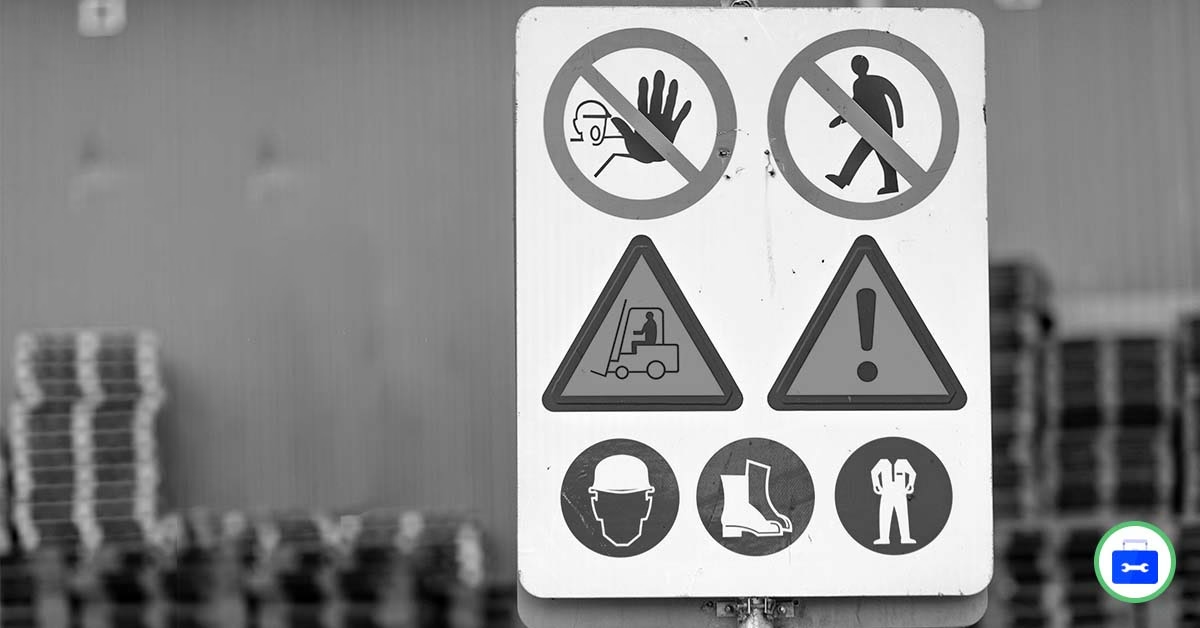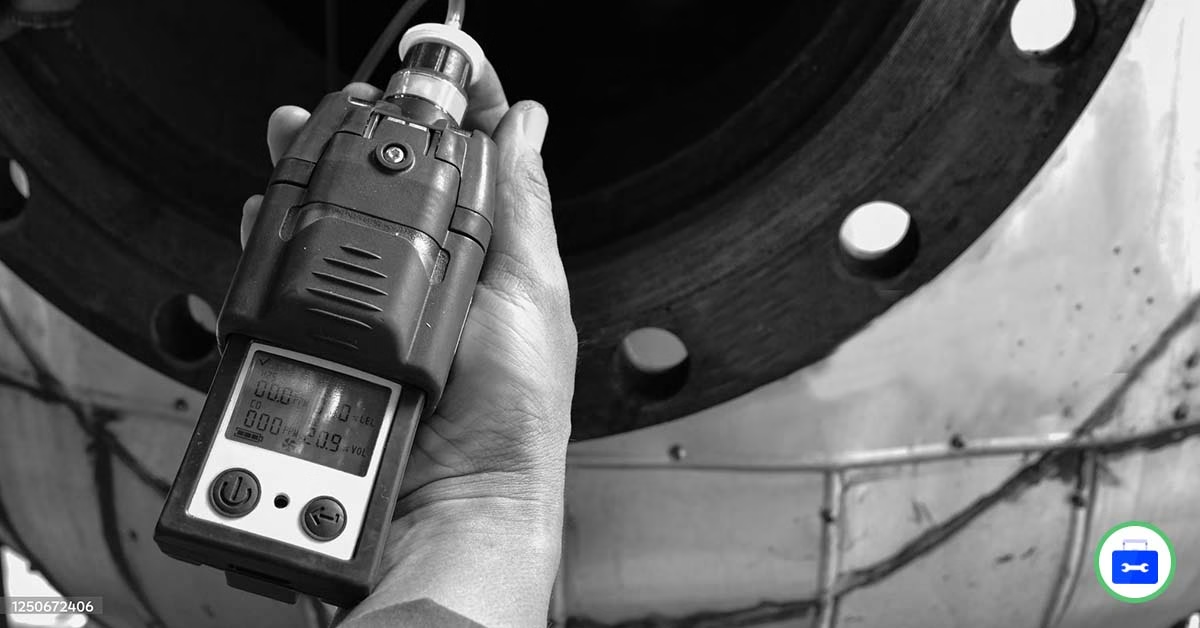Safety on site is not negotiable. Every site we work on follows strict safety requirements…
Toolbox Talk – 5 Common Roof Safety Hazards
Working on roofs is one of the riskiest jobs in construction. Falls, electrical contact, unsafe tools, and harsh weather can all turn a normal day into a serious accident. Roof safety means putting the right precautions in place every time you climb up — to protect yourself, your team, and the structure you’re working on.
To prevent injuries and fatalities, it’s critical to recognise the most common hazards and take action to control them.
-
Fall Hazards
- Falls are the number one cause of roof accidents.
- Always use harnesses, lifelines, or guardrails where required.
- Never work near edges or fragile surfaces without fall protection.
-
Power Tools
- Power tools at height can cause injuries if dropped or misused.
- Make sure tools are in good condition and secured with lanyards.
- Only trained workers should operate power tools on roofs.
-
Electricity
- Roof work often happens near power lines or electrical systems.
- Keep safe distances, use insulated tools, and never touch live wires.
- Regularly check for hidden electrical risks before starting work.
-
Hazardous Substances
- Roof work may expose you to asbestos, fumes, adhesives, or chemicals.
- Handle and store all hazardous materials safely.
- Use the right PPE (gloves, masks, goggles) for the job.
-
Extreme Temperatures
- Heat, cold, and even equipment on the roof can cause serious harm.
- Watch out for signs of heat stress or cold exposure.
- Always discuss weather risks during the morning toolbox talk before starting work.
Download the full Toolbox Talk document on 5 Common Roof Safety Hazards below:



